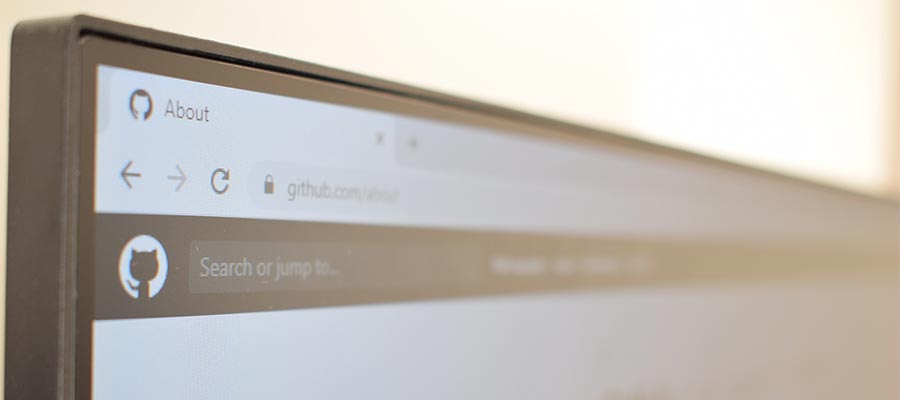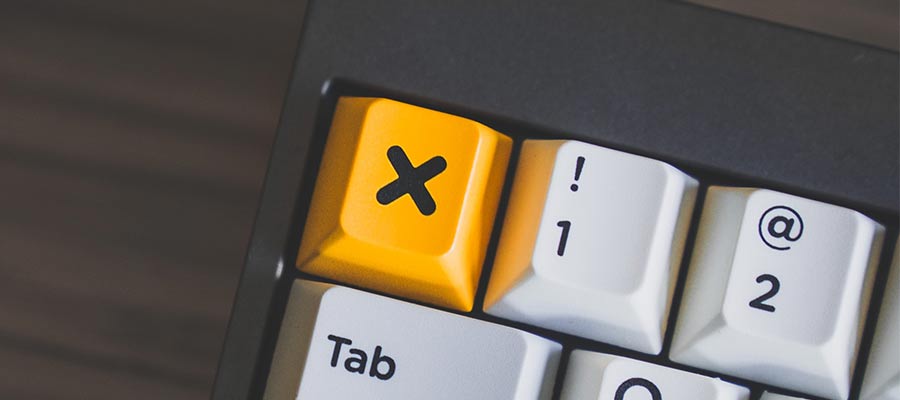I’m a big fan of efficiency. That doesn’t necessarily make me a hit at parties. But it does help me get through a workday with a sense of accomplishment. And it allows me to focus on the more enjoyable aspects of web design.
The good news is that there are plenty of opportunities to create and improve efficiency. Virtually every part of the design process can be tweaked and refined. But they’re not always easy to spot.
You could go years without knowing they’re there, waiting for you to take advantage. But once you find them, you’ll get more done in less time. And those efficiencies can also reduce stress. That frees your mind and inspires creativity.
But where do you start? And what are the “right” areas to be efficient? Here are a few ideas to kickstart the process.
Find Little Things That Can Add Up
The next time you start a new design project, think about your workflow. Create a list of each step you take along the way. For me, it looks something like this:
- Gather project requirements;
- Determine the best solution;
- Design a prototype/mockup;
- Make revisions until the mockup is approved;
- Build the product;
- Test and make any final revisions;
- Launch!
Each step above can be made more efficient. For example, gathering project requirements isn’t always a smooth process. Oftentimes there are information gaps, contradictions, and other vagaries that can slow things down.
To speed things up and increase accuracy, you might create an online questionnaire that asks all the important questions. Once you have the answers, you can follow up and clarify your client’s needs.
When we’re juggling multiple responsibilities, the small details tend to slip our minds. Thus, finding ways to automate or strengthen the process can help. Do this for each step and you’ve saved untold time and energy.

Build Templates and Libraries for Quick Access
Web designers often find themselves with repetitive tasks. That could involve anything from building prototypes to writing code, or accessibility testing. This is an area ripe for building efficiency.
Templates and web components can be a huge help in enabling progress without hurting originality. A basic set of HTML templates or Figma UI kits can provide a quick starting point for a design.
Meanwhile, a WordPress starter theme can be beneficial when you’re ready to move from concept to production. It doesn’t have to be anything fancy. Rather, something that can serve as a “skeleton” for you to build on top of.
When it comes to coding, a snippet library provides quick access to common functionality. For instance, I keep a file of PHP, JavaScript, and CSS that I frequently use. Having everything I need in one spot means not having to reinvent the wheel. A tool like GitHub is perfect for this type of repository.

Simplify or Outsource Non-Design Tasks
Sometimes your to-do list will include items not related to design. This is especially frustrating for freelancers. Playing the roles of both the creative talent and business manager can leave you with little free time.
Billing is an area that can always be made leaner. For instance, I realized that my billing scheme was too complicated. I was spending more time than I wanted on sending out monthly invoices (often for very small amounts of money).
My solution? I started offering yearly packages hoping that it would be more convenient. As it turns out, several clients have signed up. I now spend a fraction of the time on invoicing each month.
However, there are times when we simply can’t bring these tasks to a more reasonable level. Or we may just get tired of having to do them at all.
This is where you might consider enlisting the services of another professional. Much depends on your specific needs and budget. But having someone you can trust to carry out these tasks can help you focus on what you do best.

Take a Serious Look at Your Services
While business-related tasks can be a burden, so can the services you offer. Therefore, it’s worth reviewing the types of projects you accept. From there, you can determine what is and isn’t working.
Let’s say, for example, that you tend to work with a lot of small clients. Crunch the numbers and see if your revenue matches the effort you’re putting forth.
Sometimes smaller projects end up taking too much time and destroying profits. You may find that it’s costing you a chance at more lucrative opportunities.
Review what you offer to clients and think about the benefits they provide. If something isn’t worth the effort, you can either rework it (by increasing the price) or drop it altogether.

Become a More Efficient Web Designer
When starting as a web designer, it’s easy to add a task or process here and there until things get out of control. That’s understandable. After all, we don’t often consider the long-term consequences.
Incorporating efficiency often comes later, after you begin to see the real-world impacts. Thankfully you can make changes.
So, take a close look at what you’re doing. Then create a list of ways to make it work better for you. You might be amazed at the amount of time you’ll get back.
The post How Efficiency Makes You a Better Designer appeared first on Speckyboy Design Magazine.
